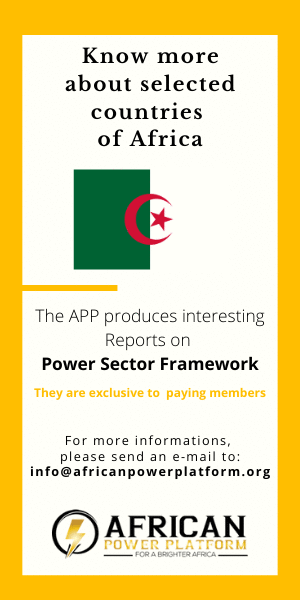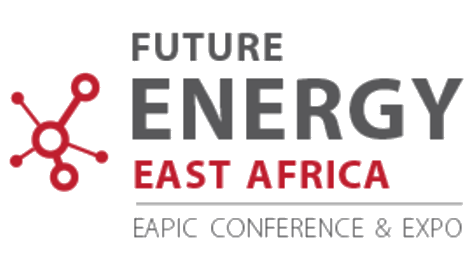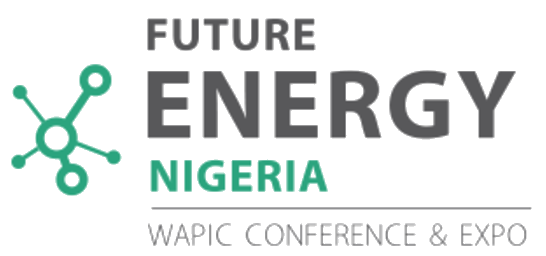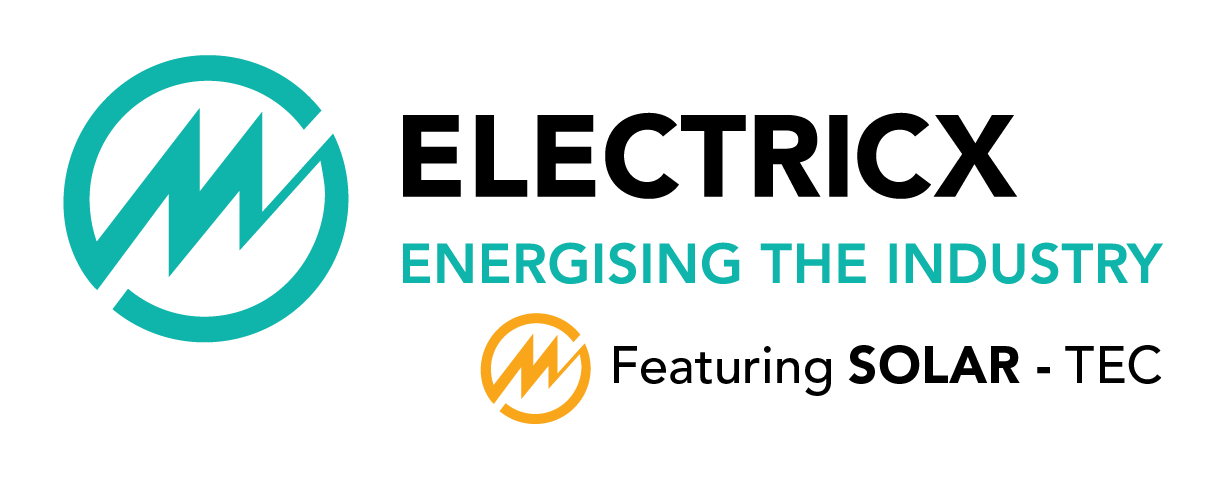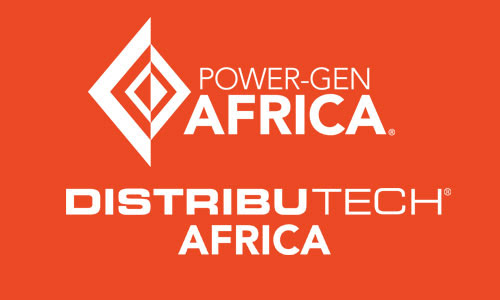Publication date: 2018, February
Author: NREL
Description: This report discusses of some of the key drivers and considerations that policymakers and decisionmakers face when deciding if and how to regulate electricity tariffs for micro-grids. Specifically, we frame the discussion around tariff options at two different ends of a regulatory spectrum: mandating some variety of national (uniform) tariff versus allowing micro-grid developers and operators to set fully costreflective tariffs that may vary from site to site. We analyze the benefits and drawbacks of these and other options. We also discuss how cross-subsidies and other transitional forms of regulation may offer a regulatory “middle ground” that can help balance the often competing goals of providing price control on electricity service in the name of social good while providing a means for investors to achieve sufficient returns on their investment to attract the necessary capital financing to the market. NREL’s REopt tool is used to model a representative micro-grid system and the resulting levelized cost of electricity (LCOE), which is used to put context and scale around these tariff questions. This simple analysis offers an estimate of the gap between current tariff regimes and the tariffs that would allow developers to recover costs to attract further investment. This analysis also provides insight into the potential scale of subsidies or other grants that may be required to enable micro-grid development under current regulatory structures.






